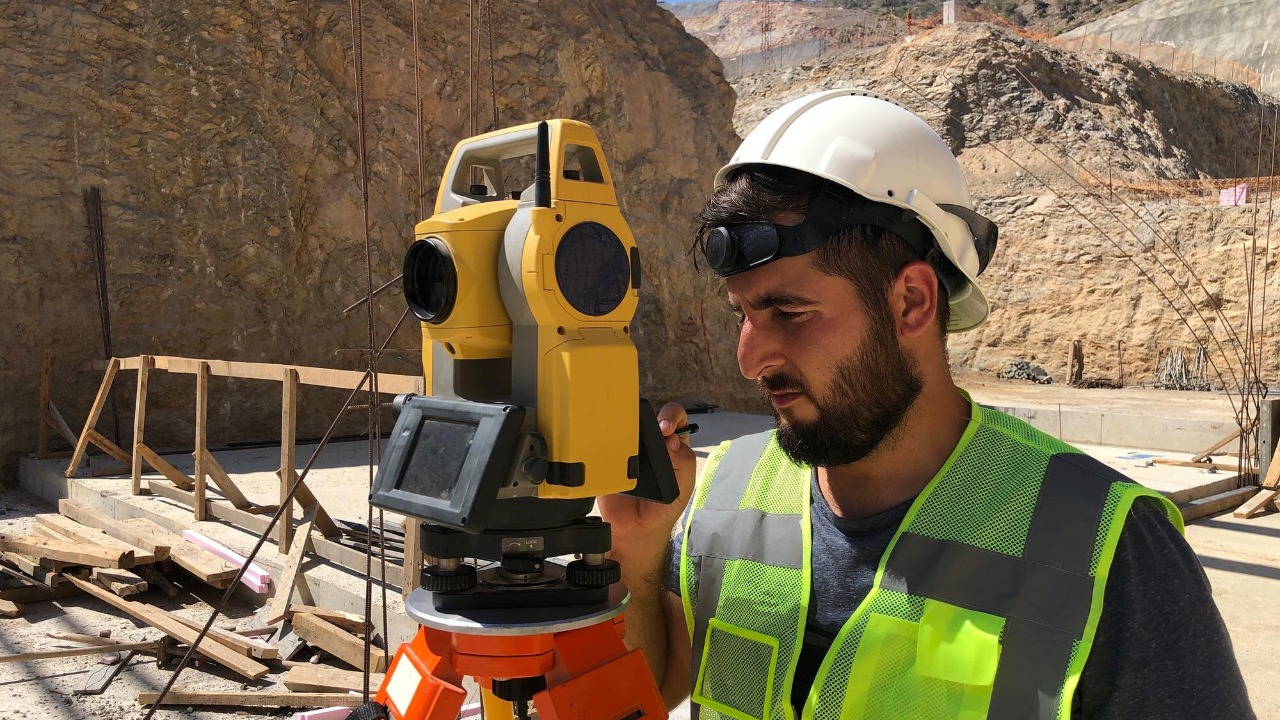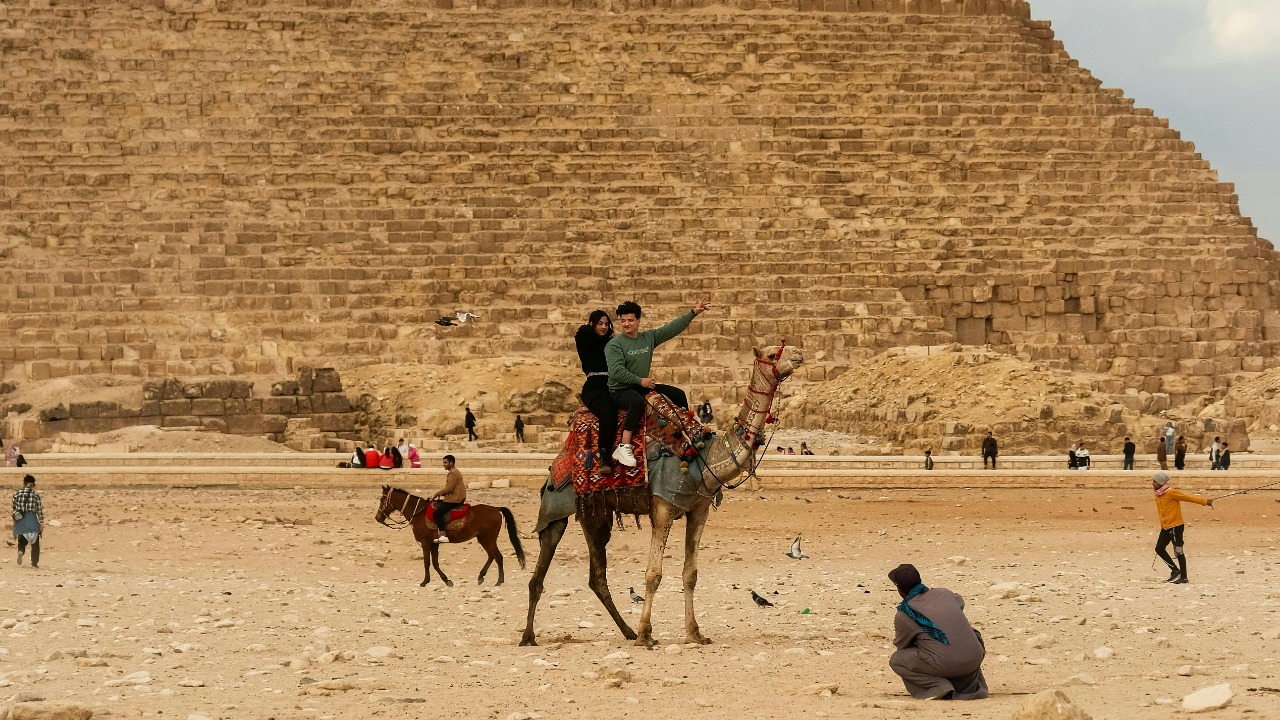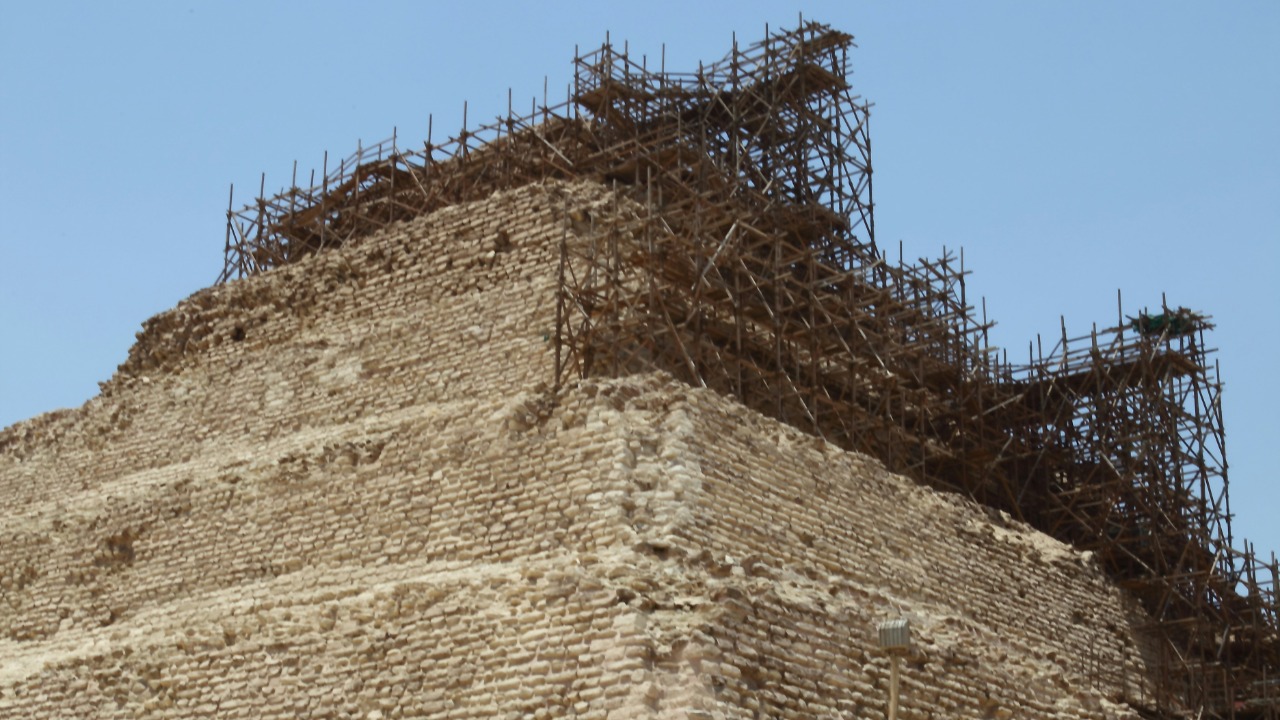
China and Egypt have embarked on a pioneering initiative focused on archaeology and digital preservation to protect ancient civilizations. This collaboration offers travelers a unique opportunity to experience authentic culture while aiming to explore and preserve the rich historical and cultural heritage of both nations. The partnership underscores a commitment to safeguarding the legacies of these ancient civilizations for future generations.
Historical Context and Significance

The historical ties between China and Egypt date back centuries, with both nations boasting rich and ancient civilizations that have significantly influenced global culture. Their shared interest in preserving these ancient legacies has led to a collaboration that is not only significant for the two countries but also for global efforts in cultural preservation. This partnership highlights the importance of international cooperation in safeguarding cultural heritage, emphasizing the need for collective action in the face of threats such as climate change and urbanization.
In the past, both China and Egypt have successfully undertaken preservation efforts that serve as a foundation for this joint initiative. For instance, China’s meticulous restoration of the Great Wall and Egypt’s conservation of the Pyramids of Giza demonstrate their commitment to preserving historical sites. These efforts have set a precedent for the current collaboration, showcasing the potential for successful preservation through shared knowledge and resources.
Digital Preservation Efforts

The collaboration between China and Egypt will leverage cutting-edge digital technologies to enhance preservation efforts. Technologies such as 3D scanning, virtual reality, and digital mapping will be employed to accurately document and maintain ancient sites. These tools will provide detailed records that can be used for restoration and educational purposes, ensuring that the cultural heritage of both nations is preserved for future generations.
Specific archaeological sites in China and Egypt are set to benefit from these digital preservation efforts. In China, sites like the Terracotta Army and the Forbidden City will be digitally documented, while in Egypt, the Valley of the Kings and the temples of Luxor will undergo similar processes. These efforts will not only protect these sites from physical degradation but also make them more accessible to a global audience through virtual tours and digital archives.
Impact on Tourism

This collaboration is expected to significantly enhance tourism by offering travelers a deeper, more authentic cultural experience. By preserving and showcasing their ancient sites, China and Egypt can attract tourists interested in exploring the rich histories of these civilizations. The use of digital technologies will allow for interactive and immersive experiences, drawing more visitors to these iconic destinations.
The economic benefits for both countries are substantial, with increased tourism expected to boost local economies. Projections suggest that the preservation efforts could lead to a significant rise in tourist numbers, contributing to job creation and increased revenue. This initiative not only preserves cultural heritage but also supports economic growth through sustainable tourism development.
Moreover, the initiative is poised to enhance the cultural appeal of both nations by integrating advanced technologies into the tourism experience. Virtual reality and augmented reality applications will allow tourists to engage with historical sites in unprecedented ways, offering virtual reconstructions of ancient environments and interactive storytelling experiences. This technological integration not only enriches the visitor experience but also provides educational opportunities, allowing tourists to gain a deeper understanding of the historical significance and cultural narratives of these sites.
Additionally, the collaboration between China and Egypt is expected to foster cross-cultural exchanges and partnerships within the tourism sector. By promoting joint tourism packages and cultural exchange programs, both countries can attract a diverse range of visitors, including scholars, students, and cultural enthusiasts. This approach not only broadens the tourism demographic but also strengthens international ties and mutual understanding between different cultures. The initiative thus serves as a model for leveraging cultural heritage to promote sustainable tourism and international cooperation.
Challenges and Future Outlook

Despite the promising potential of this collaboration, China and Egypt face several challenges in implementing the initiative. Funding constraints and technological hurdles are among the primary obstacles that need to be addressed. Ensuring adequate financial resources and access to advanced technologies will be crucial for the success of the preservation efforts.
To overcome these challenges, both countries are exploring strategies such as seeking international partnerships and investing in technological innovation. By fostering collaboration with global institutions and leveraging advancements in digital preservation, China and Egypt aim to ensure the long-term success of their efforts. This initiative sets a precedent for future global collaborations in cultural preservation, highlighting the importance of shared responsibility in protecting the world’s cultural heritage.
For more details, visit the Travel and Tour World article.